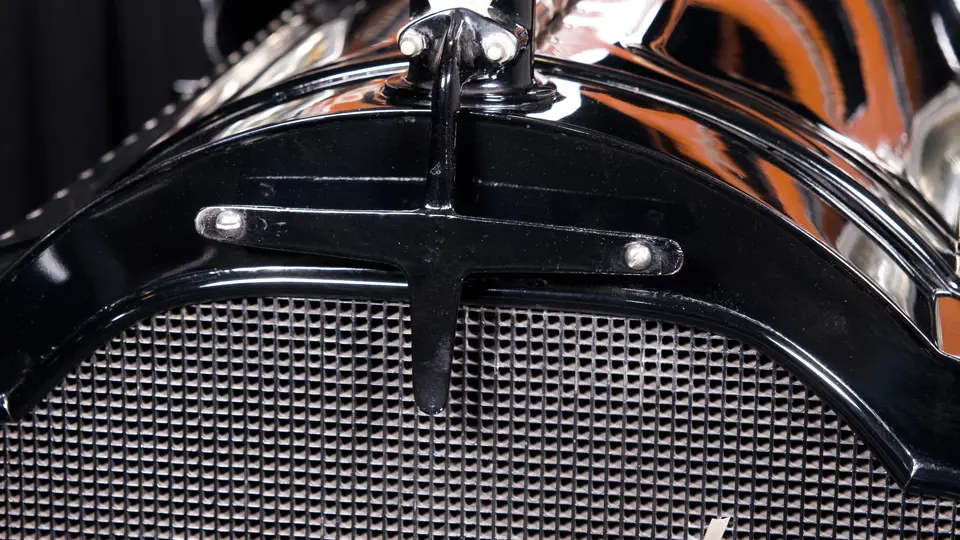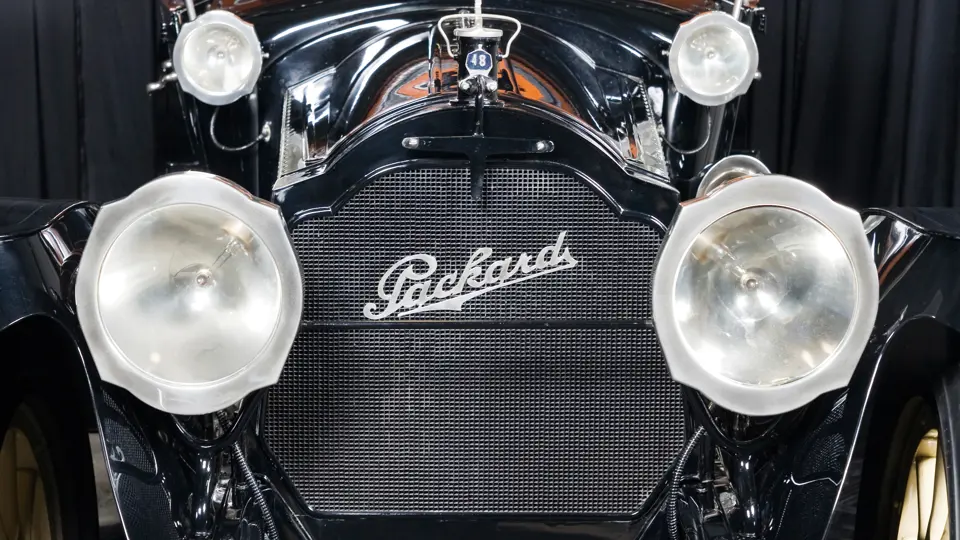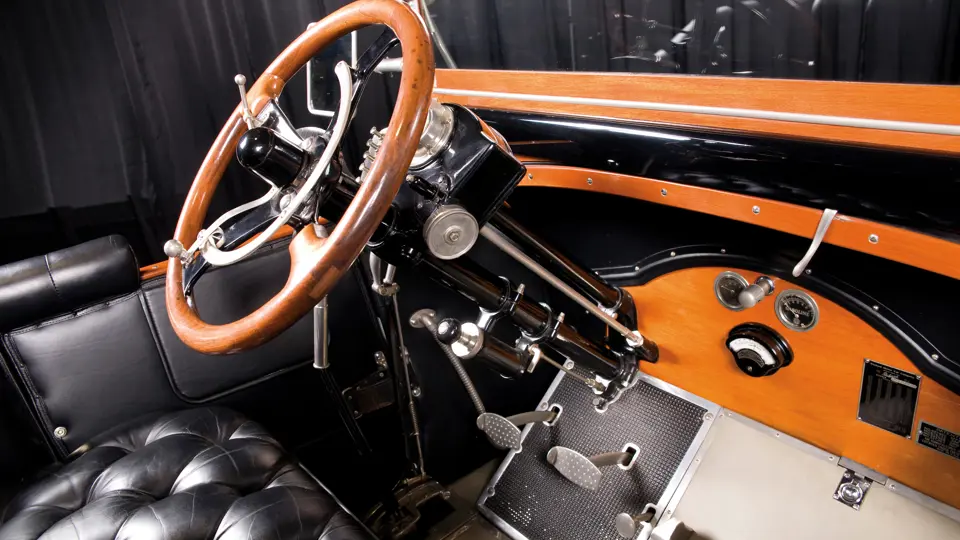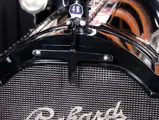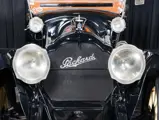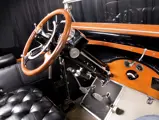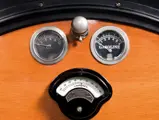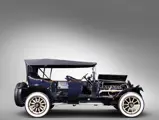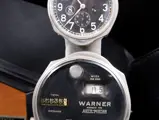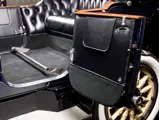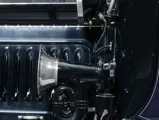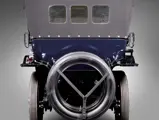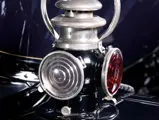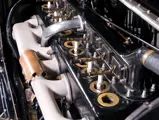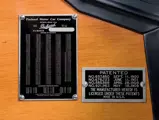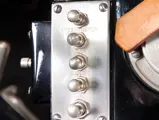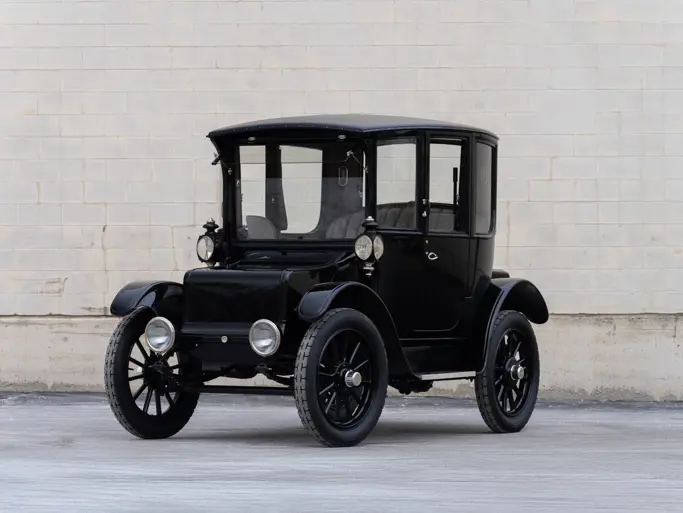According to Mr. Grundy’s records, only about a dozen surviving 48HP Packards of all years are known to exist. Of those, the vendor believes that less than half survive in largely original form. Most, including this car, have required extensive restoration for one reason or another. Today, s/n 63228 is a very correct example, finished with a high quality restoration, and perhaps the only example available for sale in today’s market that is eligible for a wide range of Packard and other brass era tours, where it is likely to be one of the fastest cars in a given event.
82 bhp, 525 cu. in. L-head six-cylinder engine, three-speed transaxle, solid front axle with semi-elliptic leaf springs, live rear axle with semi-elliptic leaf springs and two-wheel mechanical brakes. Wheelbase: 144"
• Recent participations at Amelia Island and St. John’s concours events
• Ideal for Brass Era touring
James Ward Packard was one of the first customers of pioneer auto manufacturer Alexander Winton. However, Packard found several shortcomings in his new 1898 Winton, and he let Mr. Winton know about them. Winton, on the other hand, felt that his car was the epitome of perfection and told Mr. Packard that if he wanted his ideas incorporated in an automobile he should build it himself.
By November 1899, with the help of his brother William and two former Winton employees, George Weiss and William Hatcher, Packard had done just that. Four more cars were built that year and 47 of a new “Model B” in 1900. The cars were built under the auspices of the New York and Ohio Company, a subsidiary of the brothers’ Packard Electric Company, which manufactured transformers and electric lighting equipment. Fairly conventional for their time, the Packard cars were runabouts with a single-cylinder engine under the seat, a two-speed planetary transmission and chain drive. Novel for the period was an automatic spark advance.
On September 10, 1900, the brothers formed the Ohio Automobile Company in their home town of Warren, Ohio. Finding their customers satisfied, they adopted the slogan “Ask the Man Who Owns One.” Men who owned one included William Rockefeller and wealthy Detroit businessman Henry B. Joy, the latter buying large quantities of stock in the company. Joy subscribed the entire issue of 2,500 shares in 1902, at which time the firm became the Packard Motor Car Company. A year later, it moved to Detroit, where a huge modern concrete factory, designed by renowned industrial architect Albert Kahn, was being built.
Four-cylinder cars were added to the line in 1903, but it was a single-cylinder car that bettered Winton’s coast-to-coast record in that year, with driver Tom Fetch carving two days off the record in “Old Pacific.” Other Packard competition included the Vanderbilt Cup races and sand racing at Ormond Beach in Florida, where chief engineer Charles Schmidt set a world record in January 1904. With the launch of the Model 30 in 1907, Packard became a well-established builder of luxury cars, comprising, with Peerless and Pierce-Arrow, the “Three Ps” of prestige American automobile manufacturing. Packard was the only member of the Three Ps to survive the Depression, but only because it diversified into medium-priced cars. Still, Packard continued to lead the American luxury segment after World War II and was outsold by Cadillac only once before 1950.
Packard’s first six, a massive 525-cubic inch T-head, debuted in April 1911. Designated Model 48 for its rated horsepower, it developed a full 74 bhp at 1,720 rpm, and Packard advertised that it would reach “60 miles per hour in 30 seconds from a standing start.” A Bosch dual ignition system was used, along with Packard’s unique float-feed carburetor with automatic mixture control. Prices started at $5,000 and ranged upward to $6,550. Thirteen body styles were offered on wheelbases from 121.5 to 139 inches. The new car immediately became popular, with nearly 1,350 sold in the first year of production and a lengthy list of anxious customers awaiting delivery.
In the summer of 1912, the new 1913 Model 2-48 was introduced, with eight more brake horsepower, improved lubrication and electric headlamps. The fuel tank was moved to the rear, its place under the driver’s seat taken by the battery and tool box previously on the running boards. Early in 1913, the Model 3-48, sometimes called “New 48” and in some company documents “1448,” arrived, with it left-hand drive and a combination starter-generator.
In February 1914 came the fourth iteration of the 48 called, appropriately, 4-48. Its wheelbase extended to 144 inches, but the big news was under the hood. Although the engine displacement remained the same, instead of three blocks of two cylinders it had two blocks of three and seven main bearings and was of L-head configuration. Prices ranged from $4,750 to $6,510, and 441 were built during its five months of production, through June 1914.
This Packard 4-48 was restored approximately 10 years ago. The restoration looks fresh, belying its age, substantiated by its recent invitation to Amelia Island and, just last summer, the Concours d’Elegance of America at St. John’s in Plymouth, Michigan. Its primary activity, however, has been touring, where it has been a regular fixture on Brass Era events.
The car is well equipped, with twin rear-mounted spares, a bulb horn and Elliott double combination clock-speedometer. It is ready for the show field or equally eager to embark on tour. Packard told prospective buyers to “ask the man who owns one.” We did, and he told us it’s a magnificent car.
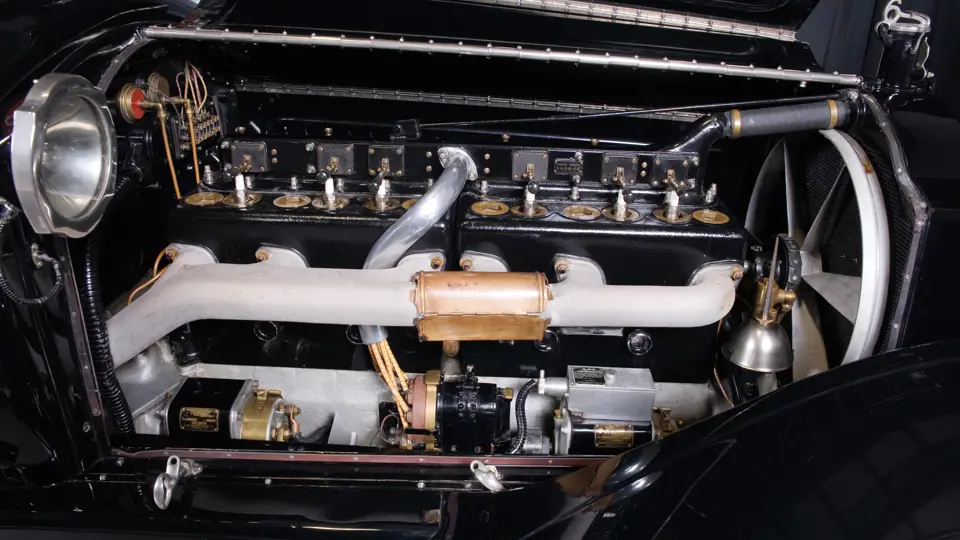

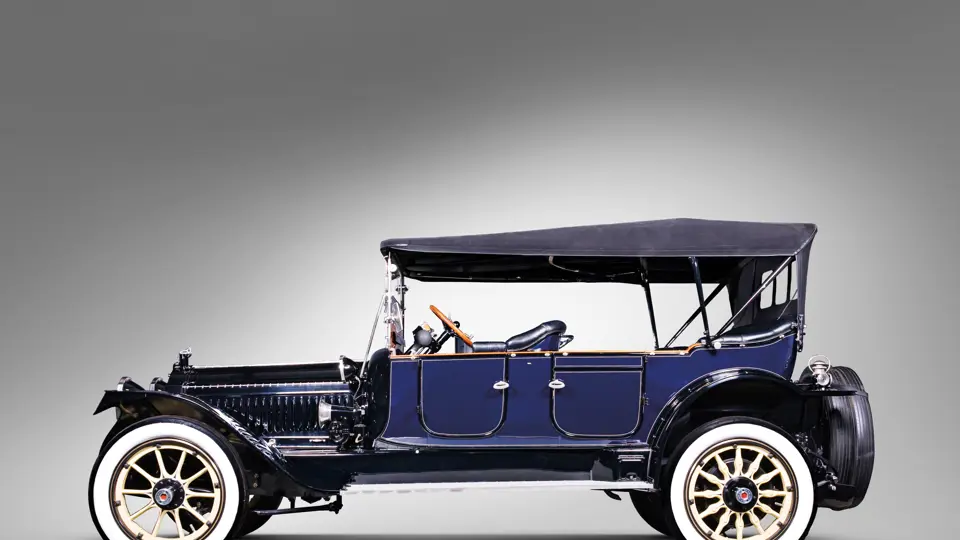

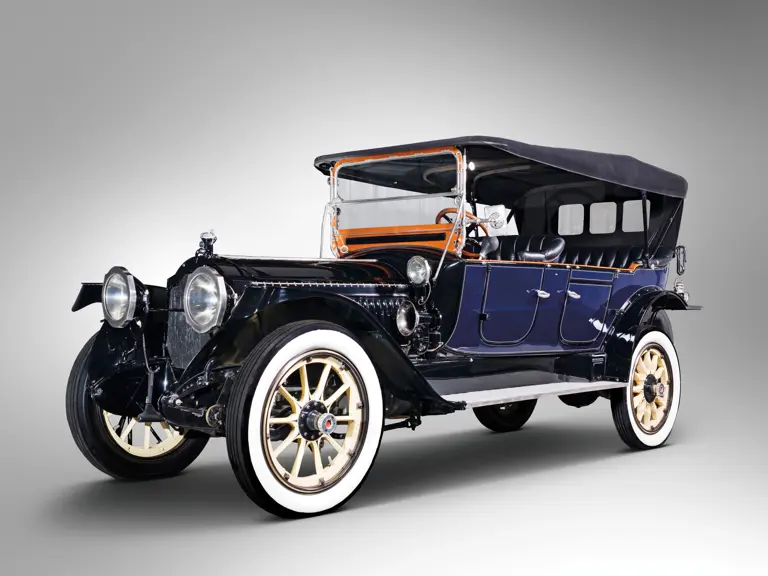
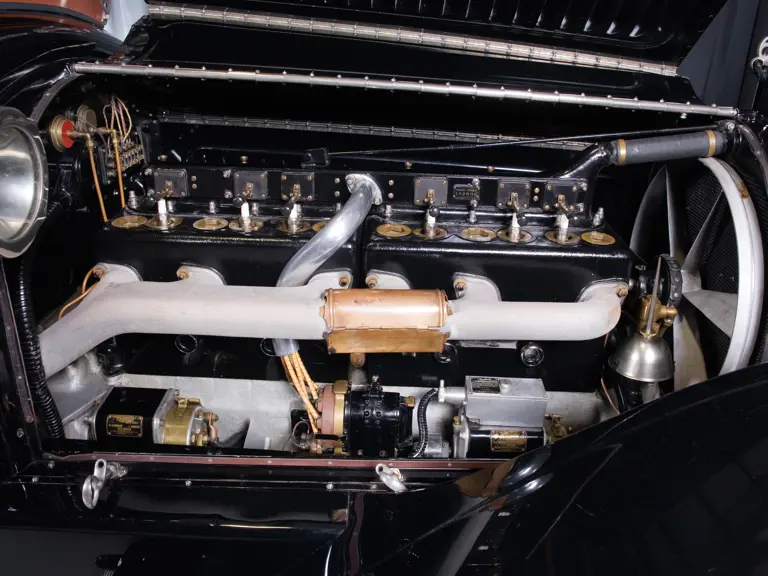
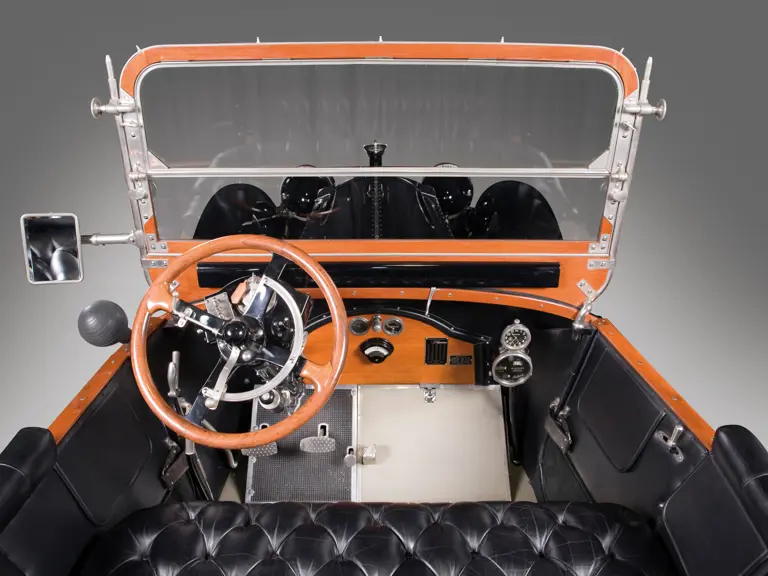
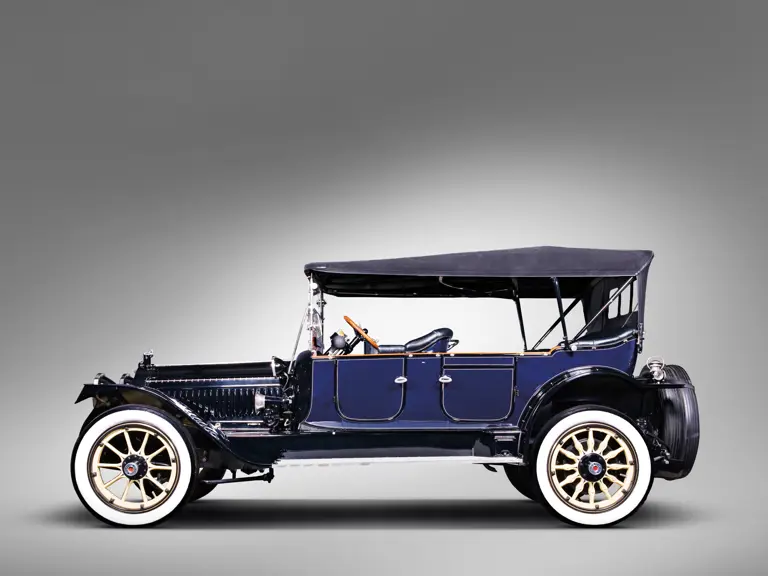
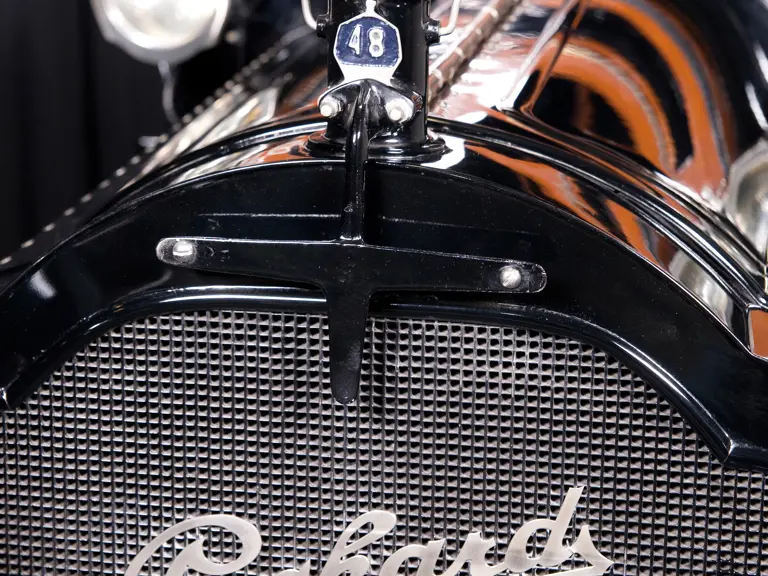
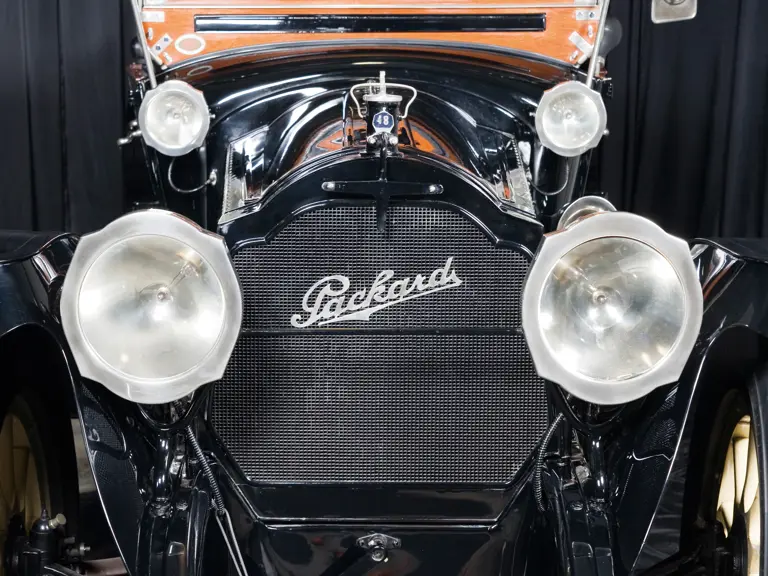

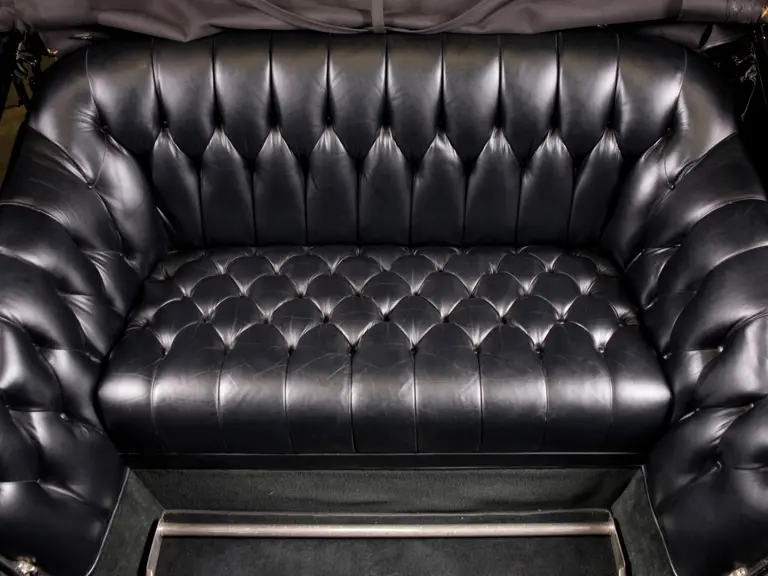
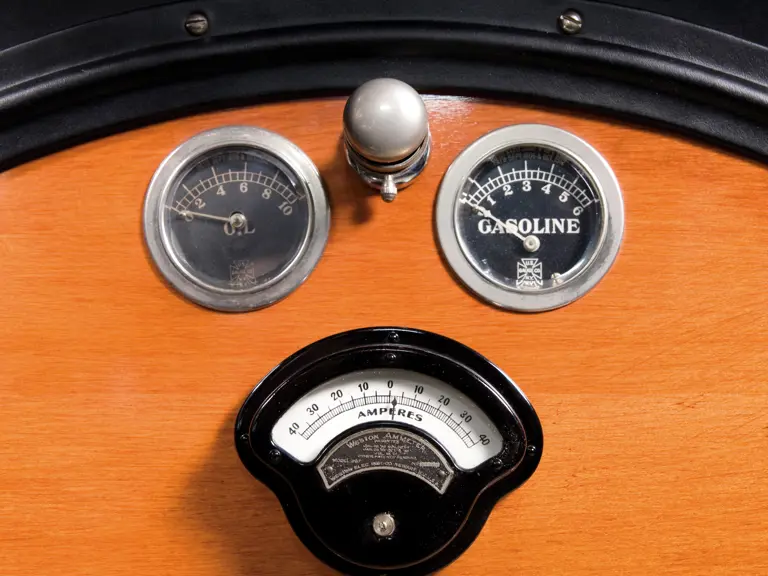
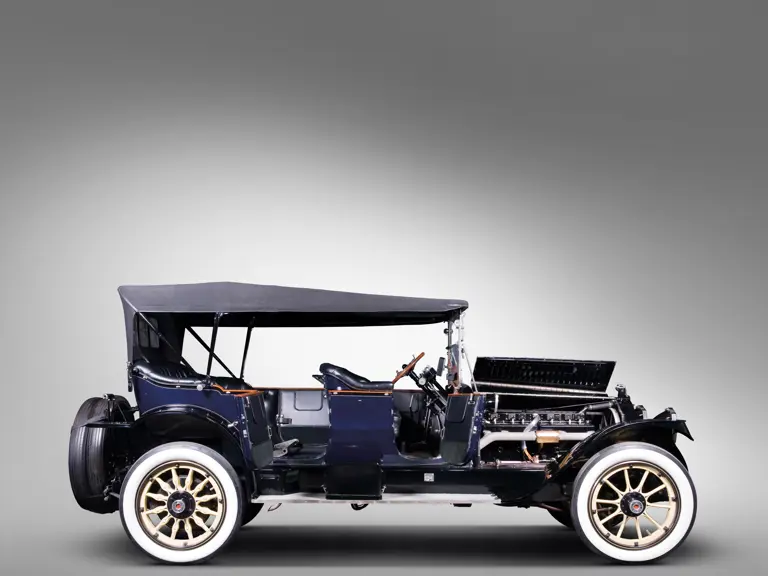

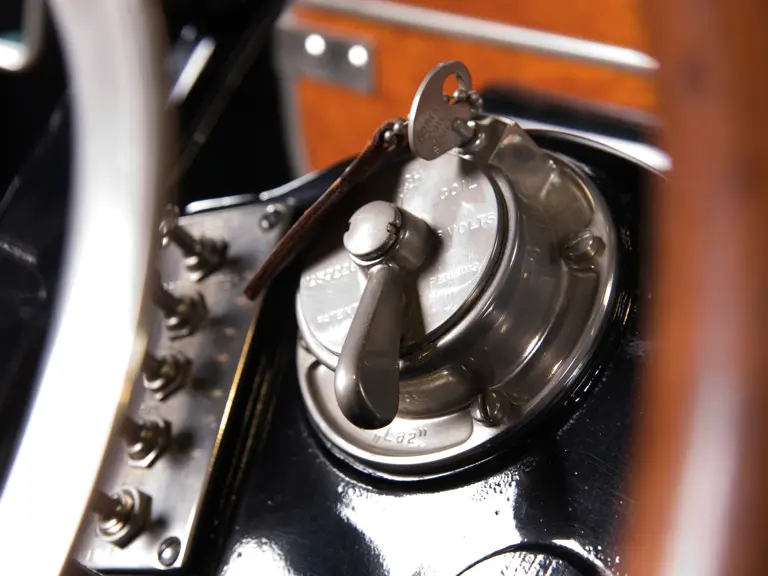

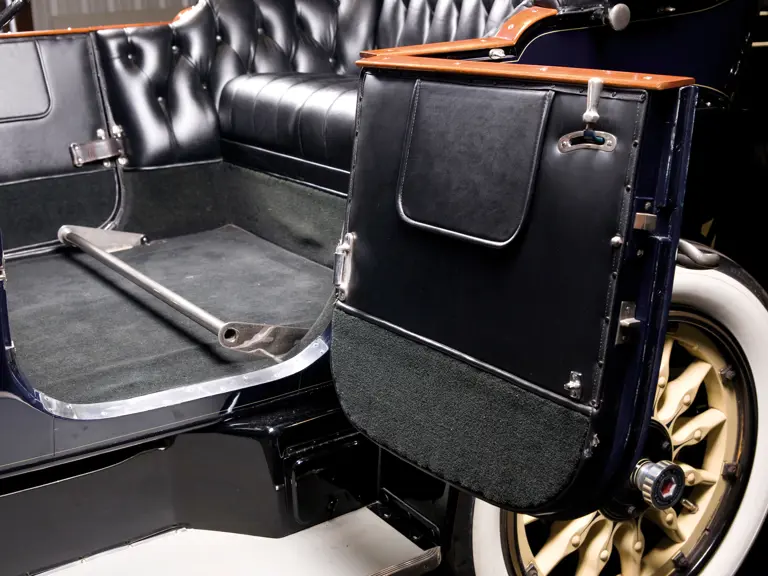
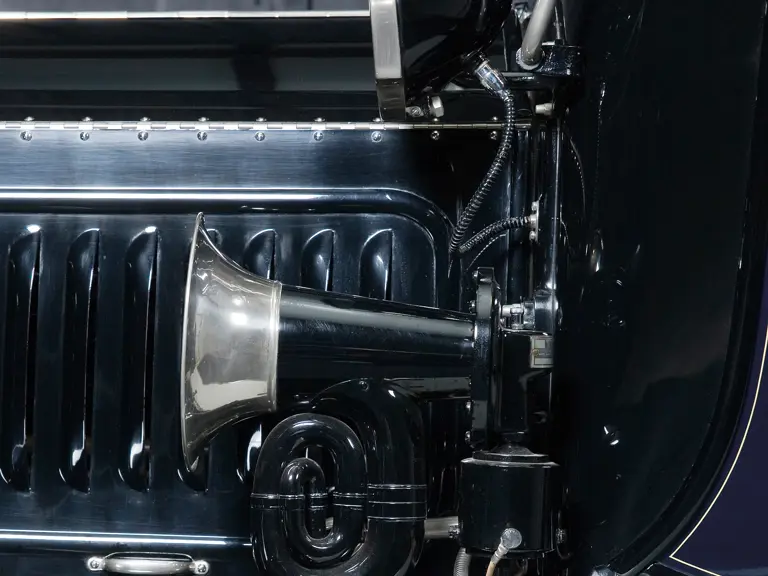
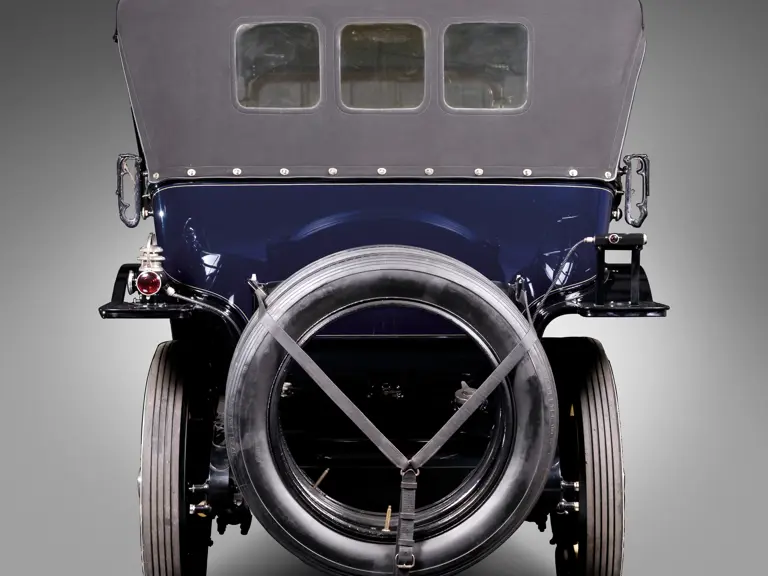
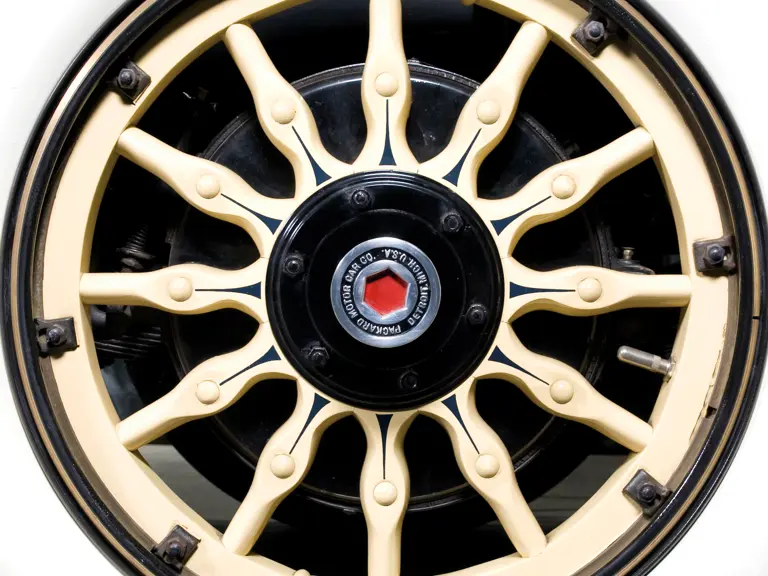
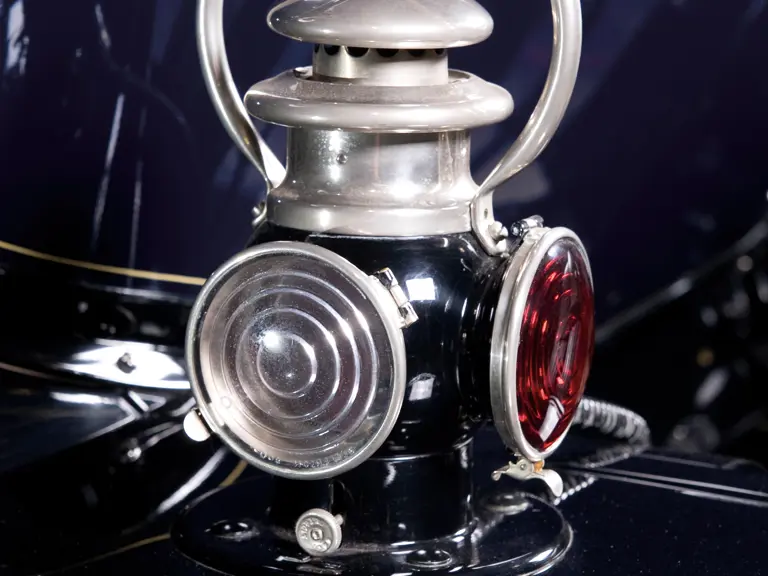
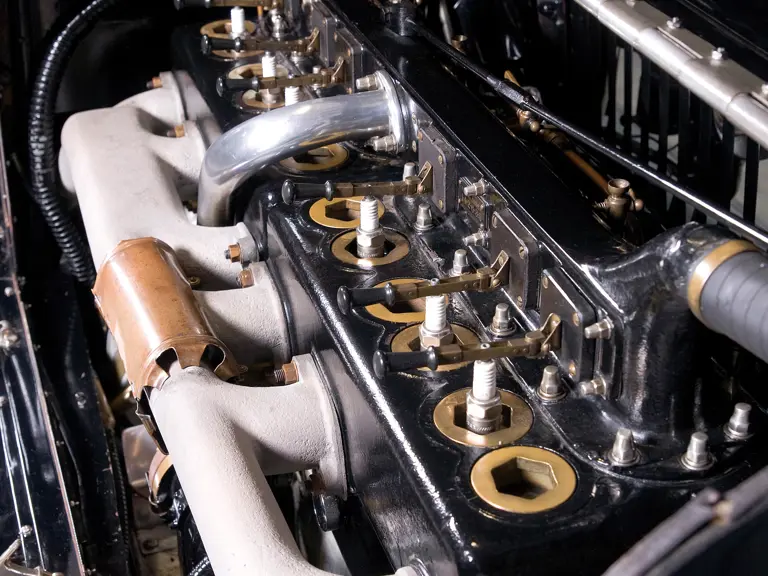
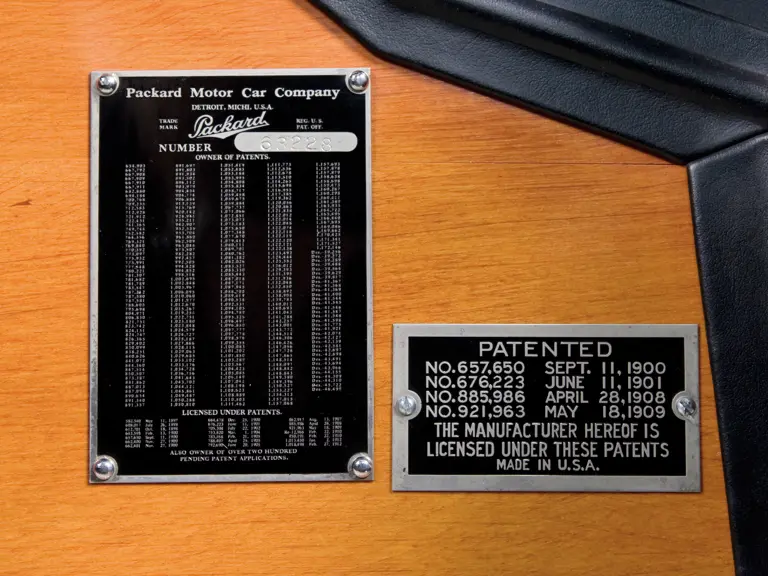
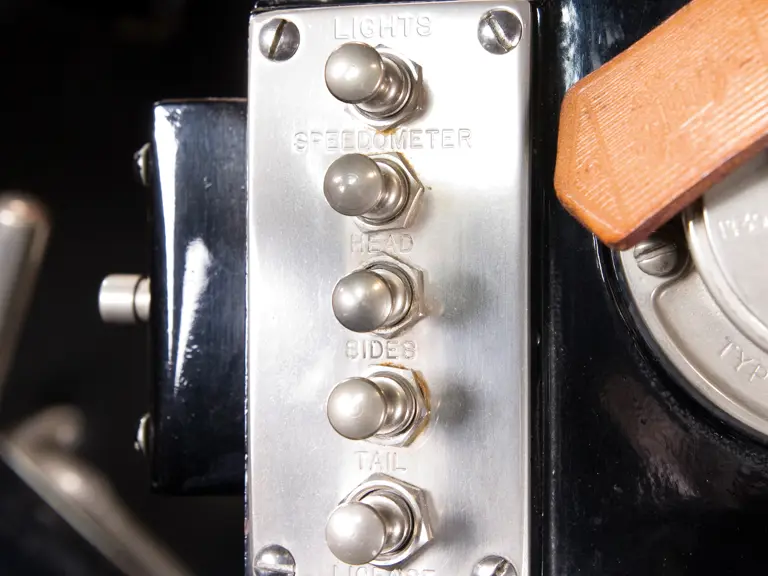

 | Amelia Island, Florida
| Amelia Island, Florida
